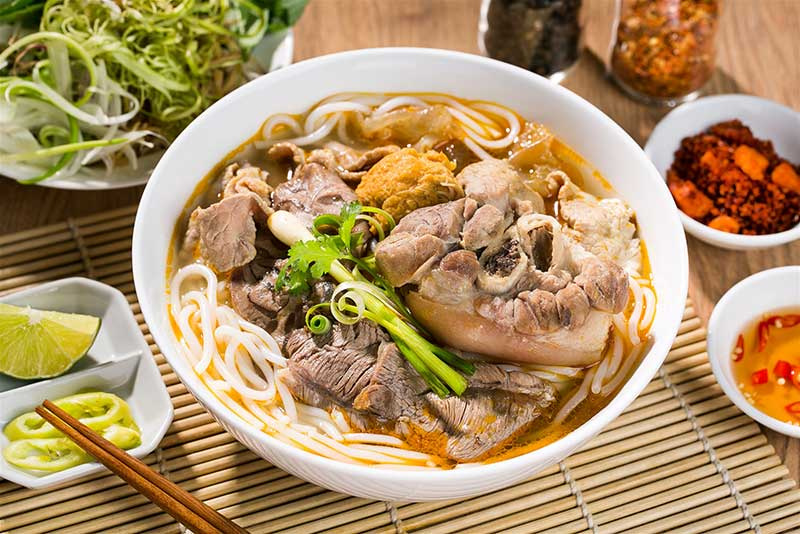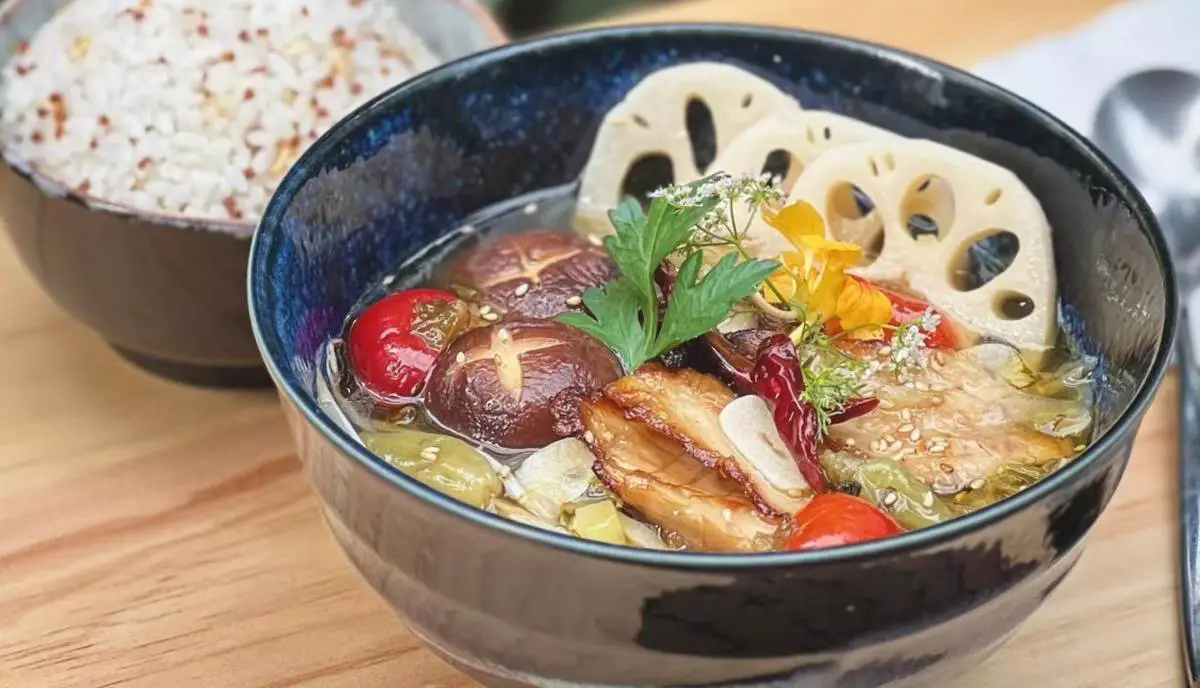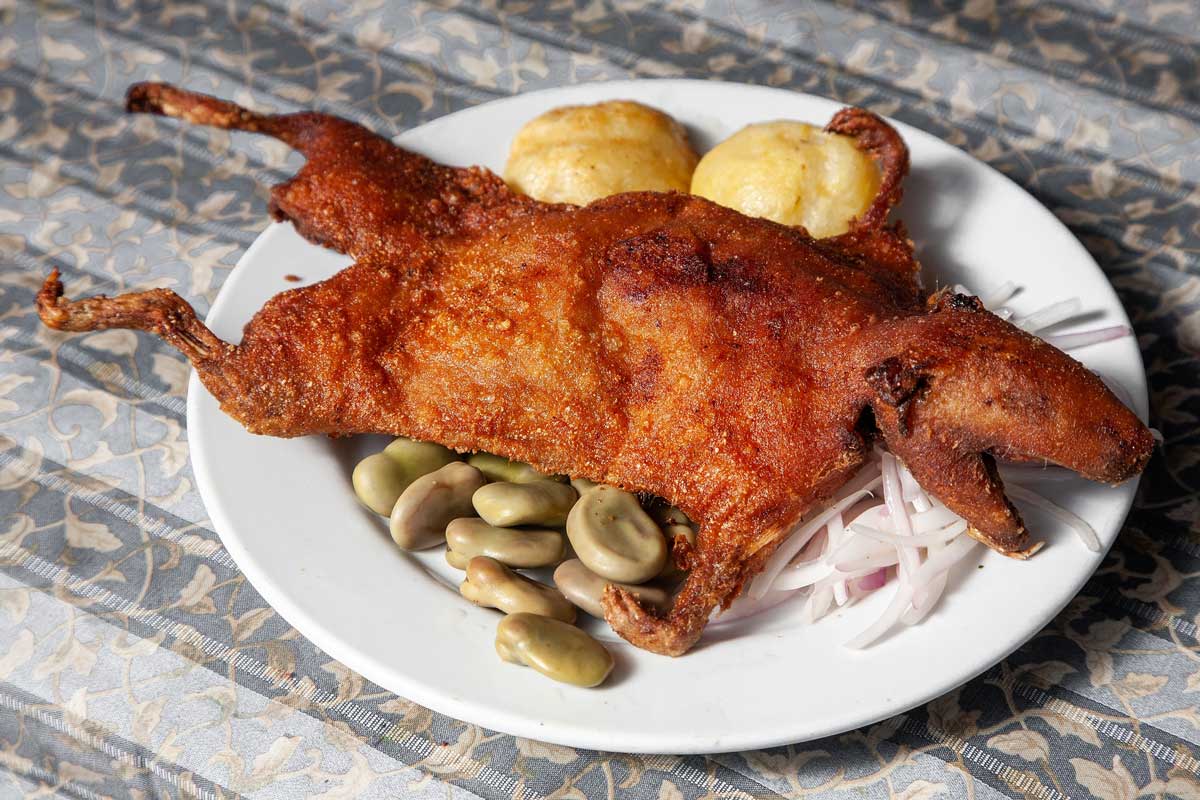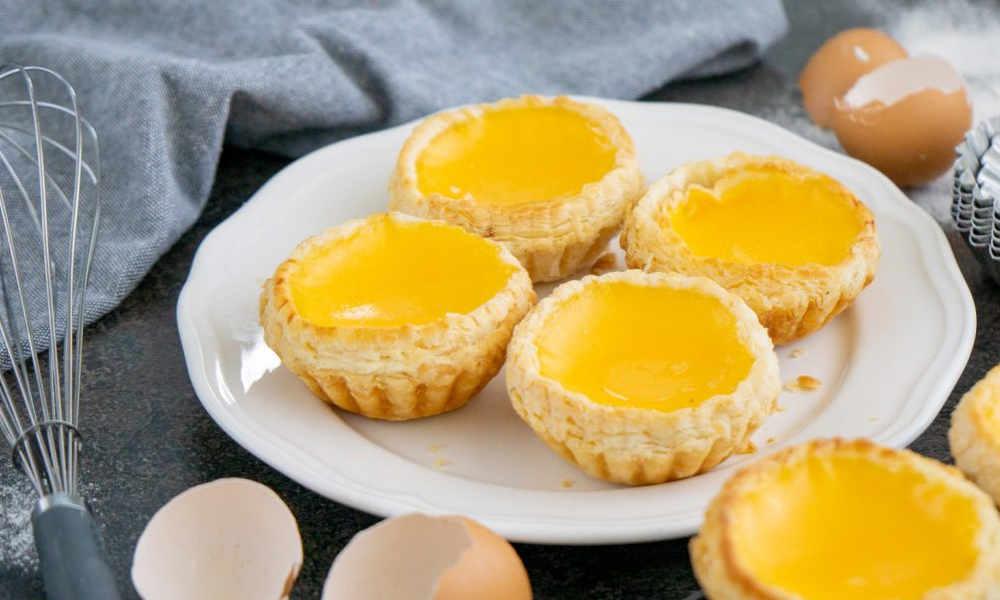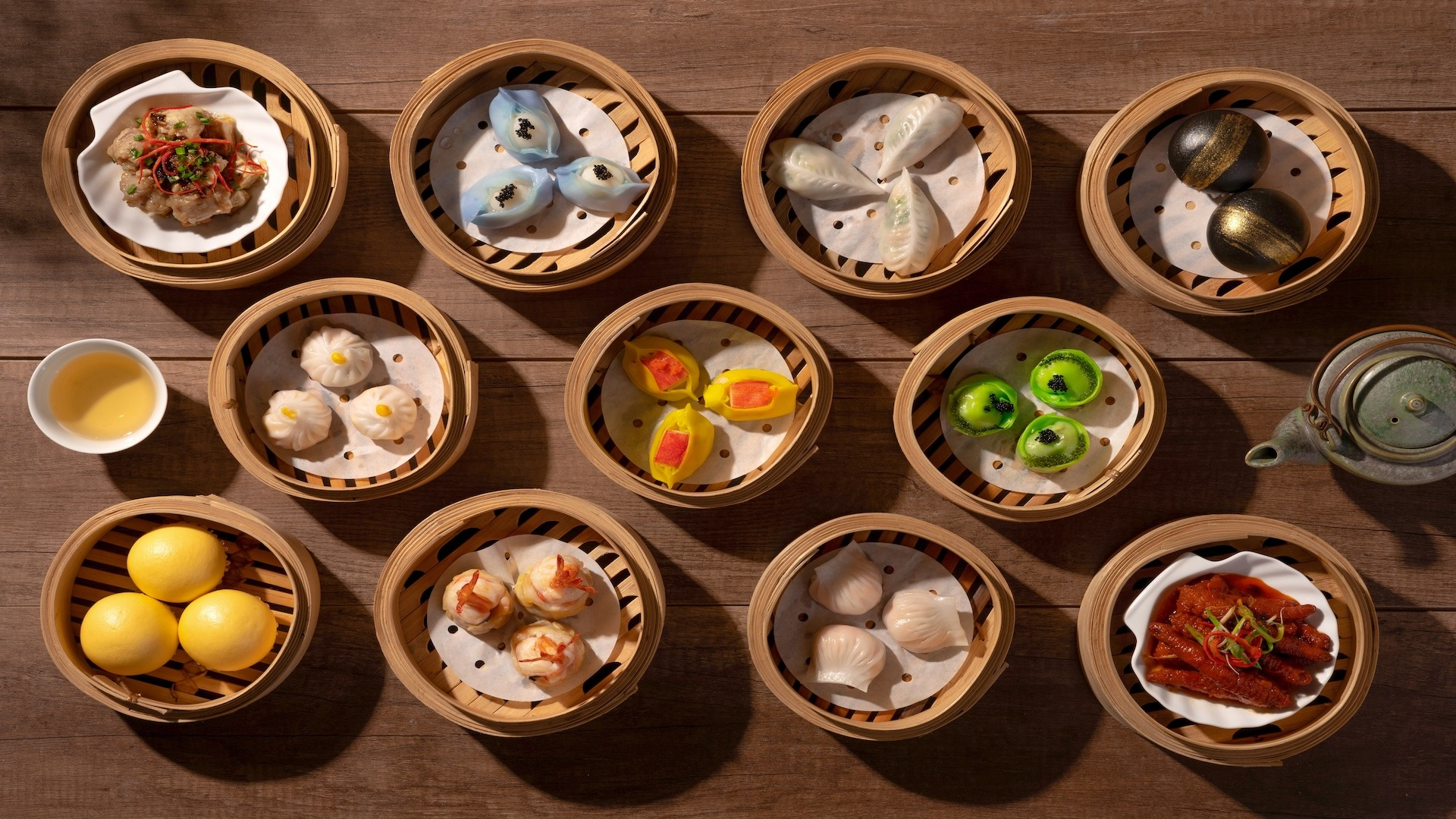The rich, aromatic bowl of Bun Bo Hue is far more than a meal—it’s a living reflection of Vietnam’s imperial past and vibrant food culture. Hailing from the ancient city of Hue in central Vietnam, this dish dates back to the Nguyễn dynasty and was once served in royal courts. Today, it marries bold flavours of lemongrass, chilli, shrimp paste, and tender beef shank or pork hock with thick round rice vermicelli. Its iconic red-orange broth announces its heat, while the aromatic herbs, lime, banana flower and fresh vegetables balance the boldness.
Experiencing Bun Bo Hue is a deep dive into Vietnamese culinary craftsmanship. Locals often start by simmering beef bones and pork trotters for hours to extract a deep-coloured broth enriched with shrimp paste and lemongrass oil. The key spice mix—often ground in-house—gives the soup its signature kick. Meanwhile, the noodles are served al dente and topped with slow-cooked beef or pork, sliced pig’s blood cubes (in traditional versions), and finished with fresh herbs and lime. Eating it in Hue’s street-side kitchens or modest local stalls adds texture: the hum of motorbikes, the clatter of bowls, and the early-morning bustle reinforce why this dish is deeply rooted in place and practice.
For culinary travellers seeking authenticity, properly appreciating Bun Bo Hue means recognising the layers of experience, expertise, authoritativeness, and trustworthiness. Experience in knowing how to savour it slowly; expertise in understanding how lemongrass and shrimp paste interact; authoritativeness in choosing a long-running Hue kitchen; and trustworthiness in selecting a spot that uses fresh broth and local ingredients. This dish doesn’t just feed—it connects you to centuries of Vietnamese food culture, heritage and daily life.

